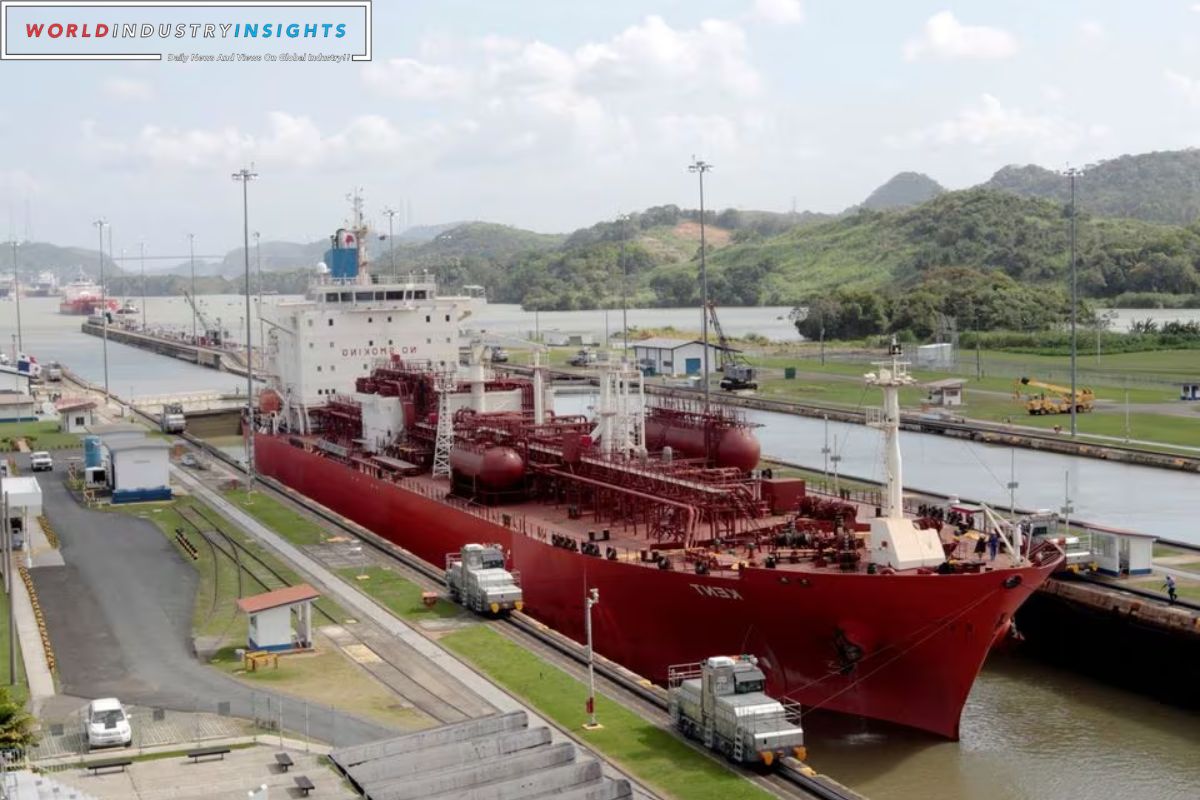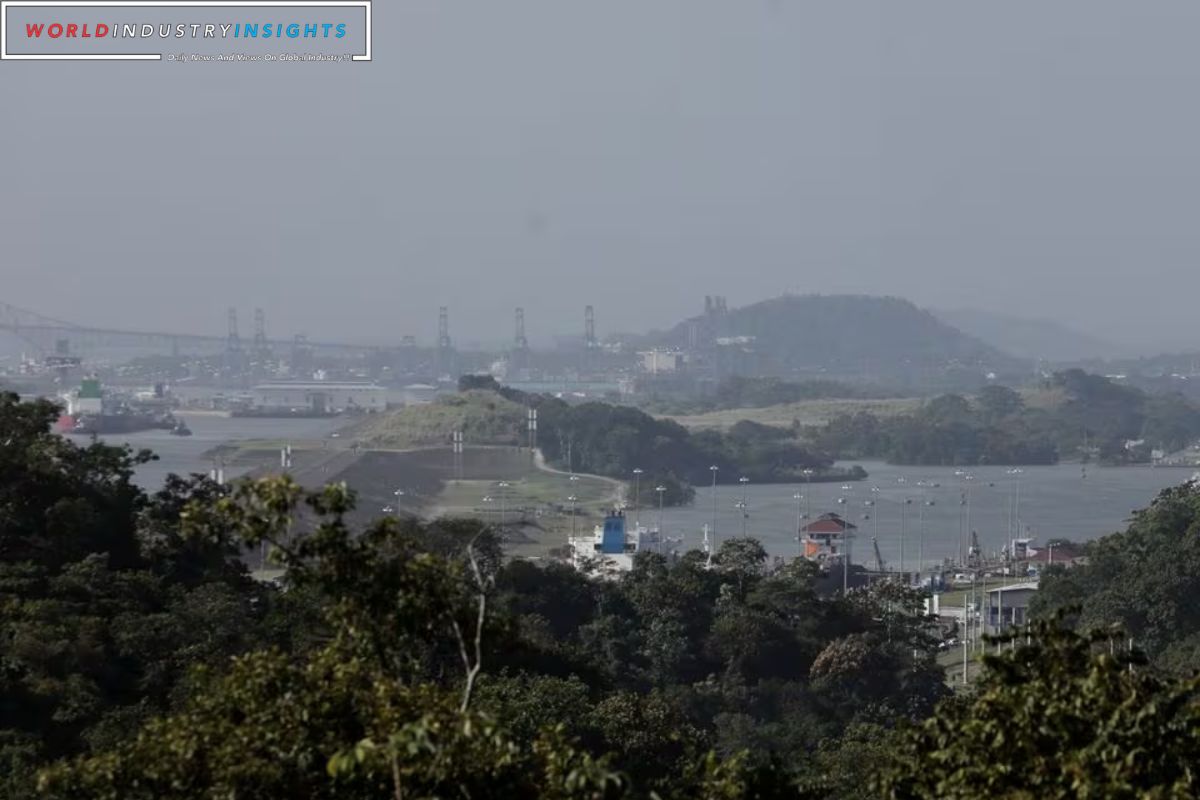Navigating Uncharted Waters: In the ever-changing landscape of global trade, an unexpected player has emerged, reshaping maritime routes and challenging the norms of shipping. The protagonist in this tale is the Panama Canal, a vital artery for international trade that now finds itself constrained by an unforeseen adversary: a severe drought.
The consequences of this environmental challenge are rippling through the shipping industry, leading to longer and more convoluted journeys for vessels seeking passage. The oil tanker Cururo is a notable character in this unfolding narrative. Instead of the traditional route from Houston to Chile through the Panama Canal, it is opting for a maritime odyssey—sailing the length of South America’s Atlantic coast, crossing the Strait of Magellan, and navigating up the Pacific coast. This circuitous journey could span 32 days and cover more than 10,000 nautical miles, a stark contrast to the typical 23 days and less than 5,000 miles via the Panama Canal.
The primary catalyst for such deviations is the severe drought in Panama, which has led to logistical challenges and increased competition for passage slots in the canal. As a consequence, vessels like Cururo are compelled to seek alternative routes, contributing to a new reality in maritime trade.
The impact of this shift is not confined to the realm of logistics; it resonates in the intricate web of global trade dynamics. One notable change is the likely reduction of U.S. gasoline heading to the West Coast of South America, particularly Chile. Matt Smith, an analyst at ship tracking service Kpler, predicts that Chile will pivot towards sourcing gasoline from Asia instead. This redirection of refined product flows presents a strategic adaptation to the challenges posed by the Panama Canal logjams.
Also Read: US Grain Exports Take the Long Route Amid Panama Canal Snarl
However, the maritime saga doesn’t end there. U.S. diesel flows are also experiencing a shift, with an increasing volume finding its way to Europe. South America’s reduced purchases, a consequence of the canal constraints, have prompted this redirection. Kpler data reveals that about 45% of U.S. diesel exports in December are headed to Europe, a significant surge compared to the 21% observed in the previous month.
This tale of maritime adaptation underscores the interconnectedness of global trade and the resilience required to navigate unexpected challenges. The repercussions extend beyond the shipping routes themselves, influencing the dynamics of trade relationships, demand patterns, and freight costs.
As ships embark on longer journeys, circumventing the traditional shortcuts, the maritime industry is navigating uncharted waters. The impact on freight costs and shipping activity, measured in tonne-miles, is significant. U.S. tankers, once bound for South America, now cross the Atlantic to Europe, while ships from Asia set sail for South America, creating a dynamic reconfiguration of global trade routes.
In this evolving narrative, the Panama Canal’s drought-induced constraints serve as a catalyst for innovation and adaptation. The resilience of the shipping industry is on full display as it weaves a new tale of maritime exploration, responding to the challenges of the environment and the shifting currents of global trade.


